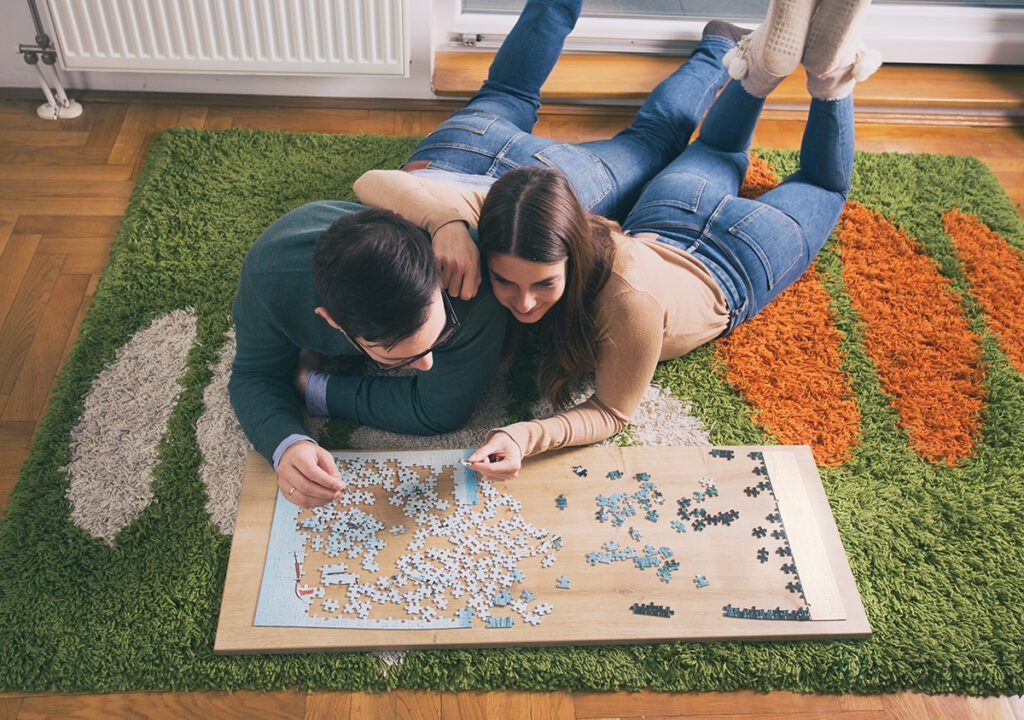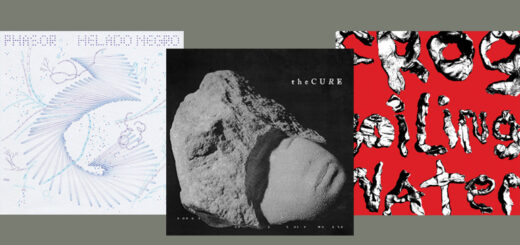Mad about Science: Jigsaw puzzles
By Brenden Bobby
Reader Columnist
Jigsaw puzzles are a staple of every grandmother’s house — but have you ever thought of the science and engineering that goes into a puzzle?
Puzzles are a staple of human experience, an intense mental exercise that helps keep our brains sharp through practicing logic through trial and error as well as pattern recognition and memory.
A puzzle, while frustrating in the moment, carries with it several benefits. Completing sections of a puzzle offers hits of dopamine, like scrolling through social media feeds on your phone. Unlike your feed, working on puzzles provides myriad other benefits for your brain. A puzzle is like eating fruit, while social media is a lot like eating popcorn — it’s like reading a book vs. watching TikTok.
Working on a puzzle makes your brain adapt to its current situation. As you recognize shapes, patterns and colors, your brain realizes it may need to do this more often and adapt accordingly. This has the added side effect of increasing your brain’s processing speed and mental acuity, especially when performing these actions for long periods of time over several days.
This also builds your brain’s ability to focus on details and remain focused for longer periods. Social media has led to a shortening of attention spans as we all search desperately for that next sweet hit of dopamine. Slowing down and engaging in a more meaningful activity can help train your brain away from seeking a boredom bump doomscrolling session, which will help other aspects of your life in the process.
Building your brain through puzzles gives it the tools it needs to release stress, especially if puzzles are completed with a person you like. This is especially important for our canine friends, though their puzzles are a little different. The brain naturally seeks engagement and stimulation, and that’s no different for dogs.
If your dog is acting up, chewing on things, peeing on furniture or just being a general menace, they’re likely bored and need a puzzle of their own.
Dogs can’t complete jigsaw puzzles, so we must engage them with different kinds of problems that stimulate their brains with the tools they have. The easiest dopamine hit for a dog comes in the form of finding food as well as figuring out how to get that food. Playing the airplane game with your dog is a great introductory puzzle that gets them to focus on you with a little practice.
To play the airplane game with your dog, you put a treat in your hand and ball it up into a fist, then make a T-pose like a video game character or an airplane with outstretched wings. Your dog will likely freak out a little bit and try to get the treat, but you have to wait until they get frustrated and make eye contact with you. Reward them at that precise moment. Do this for five minutes or so a day, and pretty soon your dog will freeze every time you make a T-pose, which is especially helpful if you’re trying to get them to behave around guests.
Another great dog puzzle is to play hide-and-seek with treats, or to hide treats in low places they can’t easily reach, such as a container toy. Dogs exert a lot of energy performing mental activities, so keep them engaged with a puzzle like a snuffle bag or hidden treats and they’ll soon be tired, content and obedient. No one likes a chewed chair leg, and our poor puppies don’t know how to doomscroll. Pair this activity with a walk or a game of fetch for good measure.
Returning to human puzzles, have you ever wondered how a jigsaw puzzle is made?
It all begins with a piece of artwork. Most puzzle art is created digitally now, but some traditional art pieces are meticulously scanned or photographed with specialized equipment and then copied into a digital format. The digital file is then fed to a specialized high-resolution printer that uses fade-resistant inks. The image is printed onto a large sheet of paper to match the specifications of the puzzle’s final size.
Puzzle pieces are a little stiff, so it’s easier to assemble them or let them roll around the box without getting folded or bent. The picture needs to be mounted onto a sheet of chipboard, which is a form of cardboard made from recycled paper pulp. You’ll often see forms of chipboard from cereal boxes, though it’s usually a denser product when used for puzzles.
The paper print is mounted to the chipboard with a water-based glue and then pressed or rolled flush to eliminate bubbles or folds that could ruin the image. The picture is pressure dried to fuse the print and chipboard together to provide stiffness and density.
Now we are getting to the best part: the creation of the puzzle pieces. You might imagine the actual jigsaw tool used in woodworking, or maybe even a fancy laser, is responsible for cutting the shapes. The actual process is much more low-tech than that. The tool is a die, which is a wooden board with grooves cut into it mimicking the puzzle shapes. Sharp steel blades are molded to match these patterns and mounted into the board, which is then pressed using a hydraulic press exerting thousands of pounds of pressure to neatly slice through the chipboard. It’s essentially a giant cookie cutter for paper.
Puzzles are selected randomly within a batch for quality control testing. This is where a worker will assemble or partially assemble a puzzle to ensure that it is cut well and behaves as intended for the consumer. If random selections from the batch behave undesirably, workers may need to go back a step and address the die cutter before working on a new batch of puzzles.
After that, the puzzles are bagged, packaged and shipped to a store near you.
Stay curious, 7B.











 Coming up this week! Don’t miss Live Music, the Summer Sampler, the Art Party, Monarch Grind, the Sandpoint Renaissance Faire, and more! See the full list of events in the
Coming up this week! Don’t miss Live Music, the Summer Sampler, the Art Party, Monarch Grind, the Sandpoint Renaissance Faire, and more! See the full list of events in the 